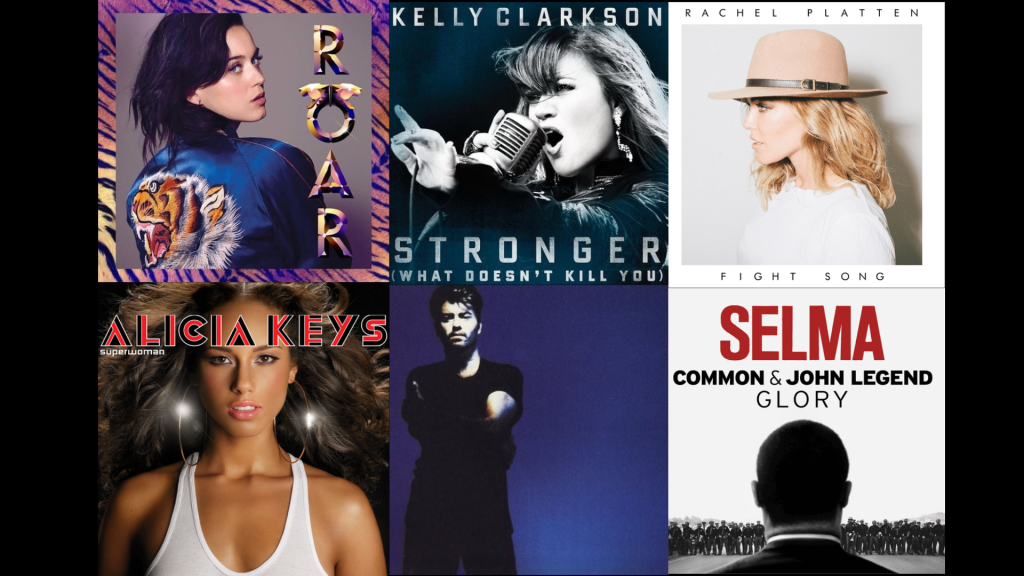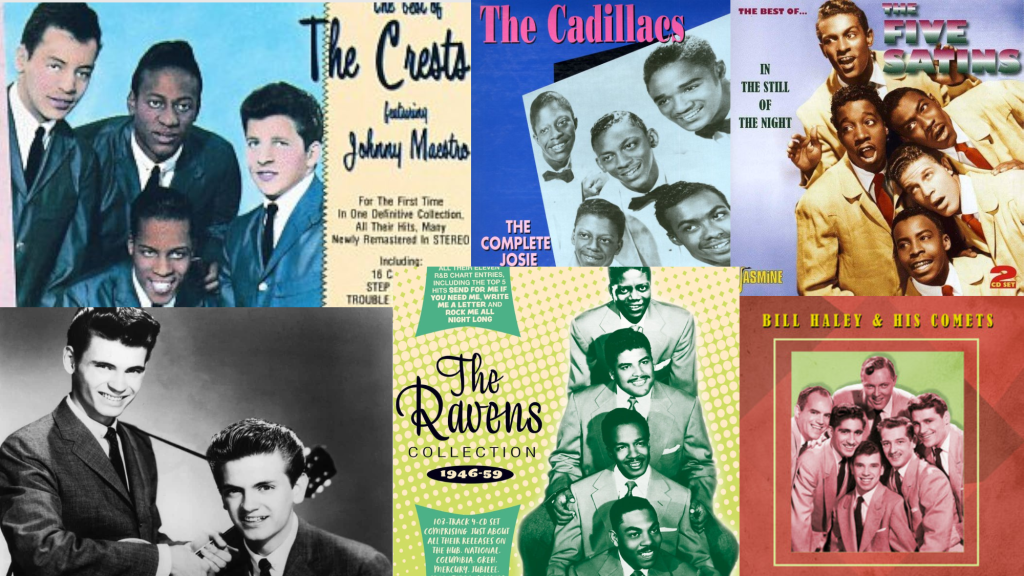A few years ago, most processes and activities were largely executed physically. If you wanted to open a bank account, you had to visit the bank’s branch and manually fill out an extensive form. If completed, it took days for the bank account to open. However, the environment has drastically changed and shifted towards a digital-first environment from a physical-first one. One of the major reasons for such a shift is the new-age advanced technologies, which have helped develop digital platforms for almost all major activities and processes.
When you access a digital platform, the accessibility factor is generally not considered. For a person without any disability, it is very easy to use a digital platform and enjoy all its features and facilities. However, for a person with a disability, it becomes difficult to have the same type of access, forcing them to lose out on the features and facilities. Based on this factor, there have been open talks about improving the accessibility of digital content. This blog will help you understand digital accessibility and the strategies that can help improve the accessibility of digital content.
Understanding the accessibility of digital content
Accessibility of digital content refers to developing and designing digital content, websites, and applications in a way that they can be accessed by people of all abilities, including people who have permanent or temporary disabilities. If digital content is accessible, it ensures that individuals with auditory, visual, motor, or cognitive disabilities can easily navigate and use all the features and facilities of a digital platform.
The Web Accessibility Initiative (WAI) has published the Web Content Accessibility Guidelines (WCAG) to ensure that digital content is accessible to people of all abilities. These guidelines are a set of recommendations for developers or publishers to make web content more accessible, primarily to people with disabilities worldwide. Generally, developers and publishers are encouraged to follow the WCA guidelines so that the digital content they create is accessible to everyone, irrespective of their disabilities.
Strategies for improving accessibility of digital content
Digital accessibility is believed to be a fundamental right and not a privilege. Similar to physical accessibility at public places or workplaces, everyone should be provided equal opportunities to access digital content. Developers, designers, coders or publishers can follow the below-mentioned strategies to improve the accessibility to digital content:
Captions and transcripts for multimedia
Videos, podcasts, and other multimedia content should include captions and transcripts to ensure accessibility for individuals with hearing impairments. Captions provide real-time text representation of spoken dialogue, sound effects, and background noises, while transcripts offer a complete text version of the multimedia content.
Automated captioning tools can help, but manual editing is necessary to ensure accuracy. Captions and transcripts are most commonly used in OTT platforms to ensure people with hearing impairments can watch movies or TV shows. Some educational models also use this strategy to provide better information through their online classes.
Keyboard navigation compatibility
People with motor or mobility impairments use keyboards rather than mice to navigate digital platforms. Digital content should be fully accessible through a keyboard, allowing users with motor disabilities to navigate websites and applications using the “Tab,” “Enter,” and arrow keys. Furthermore, digital platforms should offer an option to increase the font and cursor sizes, enabling users to easily identify where they are on the current page. Digital content platforms should also be optimised for touchscreen display, ensuring that people with motor disabilities can increase the navigation and click speeds.
Using clear and readable text
People with cognitive disabilities, visual impairments, and learning disorders rely on clear, readable text to effectively understand digital content. While developing digital platforms, the content should be written in simple, clear language with short sentences and structured paragraphs.
Using a readable font, such as sans-serif typefaces (e.g., Arial or Verdana), improves clarity. Furthermore, the colours used should create a sufficient contract between the written text and the background so people with colour blindness or low vision can easily read that content. For example, an online marketplace or platform created by a bank or NBFCs must use clear and readable text so that every customer can easily navigate through the platform.
Ensuring mobile accessibility
With the increasing use of mobile devices, digital content must be designed to be accessible on different screen sizes and orientations. Responsive design principles should be followed to ensure content adapts seamlessly to various devices. Touch targets like buttons and links should be large enough for easy interaction, and gestures should not be the sole navigation method. Mobile-friendly accessibility features enhance usability for all users, including those with motor impairments.
Conclusion
Improving accessibility in digital content is not just about complying with regulations but about creating an inclusive and user-friendly experience for everyone. Digital content can be made more accessible by incorporating alternative text, captions, keyboard navigation, clear text, structured content, accessible forms, and mobile-friendly designs. Continuous testing and user feedback ensure ongoing improvements, helping to bridge the digital divide and empower all users, regardless of their abilities.





















